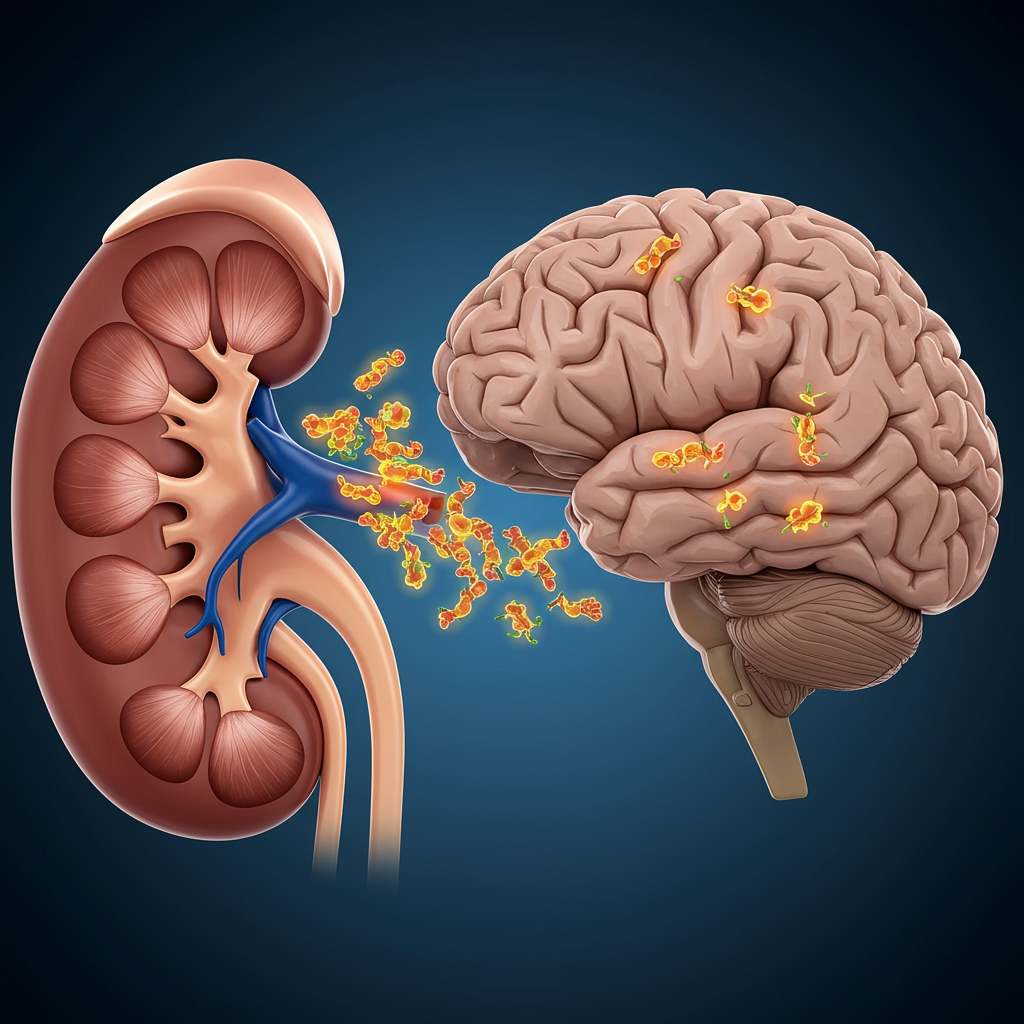A large-scale russian aerial assault targeted Ukraine overnight, unleashing hundreds of drones and missiles across the country. During the intense effort to repel this barrage, Ukraine’s air force reported the tragic loss of a U.S.-made F-16 fighter jet and its brave pilot. This incident underscores the perilous nature of the missions flown daily by Ukrainian aviators defending their skies against relentless attacks.
Ukrainian authorities stated Russia launched a staggering 537 aerial weapons during the overnight period leading into Sunday, June 29, 2025. This included 477 Shahed-type attack drones and 60 missiles of various types, according to Ukraine’s Air Force Command. The sheer volume of ordnance marked this as potentially one of the most extensive single attacks Moscow has conducted since the full-scale invasion began. Russian officials, while confirming a “massive strike,” claimed their targets were Ukraine’s military-industrial facilities and oil refineries, asserting all designated sites were hit. They also claimed their forces downed three Ukrainian drones.
The Cost of Defending the Skies
Repelling such a massive and complex aerial threat requires significant effort from Ukraine’s layered air defense network. Utilizing a combination of surface-to-air missile systems, mobile fire teams, and fighter aircraft, Ukrainian forces worked tirelessly to intercept the incoming weapons. The Air Force reported successfully downing a substantial number: 436 drones and 38 missiles. These interceptions prevented countless potential impacts on critical infrastructure, military targets, and civilian areas.
U.S.-provided F-16 fighter jets played a vital role in this defensive effort. Operating in dangerous airspace, Ukrainian F-16 pilots were credited with shooting down “dozens” of the incoming attack drones. Their speed, maneuverability, and targeting capabilities make them effective, though highly vulnerable, assets against such swarms. The Air Force emphasized the extreme danger faced by these pilots during these missions.
The loss of an F-16 jet and its pilot during this particular attack highlights the steep price paid in this aerial war. The pilot was identified as Lt. Col. Maksym Ustimenko. According to the Air Force, Ustimenko had already successfully neutralized seven aerial targets using his F-16’s weapons before an emergency developed while he was engaging an eighth target.
A Pilot’s Sacrifice
Despite the critical damage to his aircraft, Lt. Col. Ustimenko demonstrated extraordinary courage and dedication. The Air Force reported that after his F-16 was hit and began losing altitude, he made a conscious effort to steer the failing jet away from populated residential areas below. Tragically, in guiding the aircraft away to minimize ground casualties, he “did not have time to eject” himself before the plane crashed. Ukrainian President Volodymyr Zelenskyy later confirmed Ustimenko’s death, hailing him as a “Ukrainian aviation hero” and ordering a thorough investigation into the incident.
This is not the first time Ukraine has lost an F-16 jet during combat operations. While Ukraine operates a relatively small fleet provided by NATO allies, the aircraft are actively engaged in both air defense and ground attack roles. Previous incidents have also resulted in pilot casualties, underlining the continuous threat faced by those flying these missions in a highly contested environment. The inherent risks associated with aerial combat, particularly against advanced Russian air defenses and large-scale drone/missile attacks, remain incredibly high.
Broader Context of Russian Aerial Attacks
The massed attack on June 29th is part of a consistent pattern of intense Russian aerial bombardments against Ukraine. For months, and particularly with the approach of colder weather in previous years, Russia has utilized large numbers of drones and missiles to target Ukraine’s energy grid, critical infrastructure, and also civilian areas. For example, a large drone attack involving 110 Shaheds occurred in December 2024. These barrages often coincide with significant events, including diplomatic visits to Kyiv, seemingly aimed at projecting power and undermining morale.
The impact of these strikes extends beyond military targets. Ukraine reported drone or missile impacts were recorded in six distinct locations across the country during the June 29th attack. Falling debris from intercepted or damaged weapons was reported in eight locations. President Zelenskyy specifically noted that a residential building in the town of Smila, located near the central city of Cherkasy, was struck by a drone. This specific impact resulted in at least one child being injured, illustrating the indiscriminate nature of some of these strikes and their direct impact on civilian lives.
In response to the attack and the potential for airspace violations, neighboring Poland activated its own armed forces. The Polish Armed Forces Operational Command announced the scrambling of Polish and allied aircraft near its border with Ukraine. Ground-based air defense and radar reconnaissance systems were also brought to the highest state of readiness. These precautionary measures lasted for approximately two hours before forces were stood down due to a reduced threat level.
The ongoing intensity and scale of Russian aerial attacks, coupled with Russia’s reported increase in equipment losses and shifting tactics like greater reliance on infantry assaults, indicate a grinding war of attrition. Russia has also heavily invested in increasing its drone production and operational capabilities. Ukraine, meanwhile, continues to conduct its own long-range strikes against military bases and oil facilities deep within Russian territory.
Ukraine’s Urgent Need for Air Defense
Following the large-scale attack, President Zelenskyy reiterated Ukraine’s critical need for strengthened air defense capabilities. He asserted that Moscow would not halt its massive strikes as long as it possessed the ability to deliver them. He emphasized that Russian President Vladimir Putin had clearly decided to continue the conflict despite international calls for peace.
Zelenskyy stressed the necessity of pressure on the aggressor and, crucially, enhanced protection for Ukraine’s skies. He explicitly mentioned the need for American air defense systems, stating Ukraine is ready to purchase them. He called upon the United States, Europe, and all international partners for leadership, political will, and support to help end the war. The consistent demand for more Western air defense systems like Patriots, along with interceptor missiles, remains a top priority for Kyiv to better defend against daily Russian aerial terror and prevent further tragic losses of life and vital assets.
Frequently Asked Questions
What happened to the Ukrainian F-16 pilot during the recent large Russian attack?
During a massive Russian aerial assault on June 29, 2025, Ukrainian Lt. Col. Maksym Ustimenko was piloting a U.S.-made F-16 fighter jet. He successfully shot down seven targets but his plane was damaged while engaging an eighth. Critically injured or disabled, he steered the damaged aircraft away from residential areas before it crashed, tragically dying as he didn’t have time to eject.
How effective were Ukraine’s air defenses against this specific attack?
Against a barrage of 537 Russian drones and missiles, Ukraine’s air defenses, including ground systems and fighter jets like the F-16s, were remarkably effective. They managed to intercept and down a significant number: 436 drones and 38 missiles. Ukrainian F-16 pilots were specifically credited with shooting down dozens of attack drones.
What assistance is Ukraine requesting to counter these frequent aerial attacks?
Ukraine is urgently appealing for more advanced air defense systems from its international partners, particularly from the United States. President Zelenskyy highlighted the need for systems like American Patriots and expressed Ukraine’s readiness to acquire them. This aid is deemed essential to protect against Russia’s continuous, large-scale drone and missile strikes targeting infrastructure and civilian areas.
The loss of a skilled pilot and a valuable F-16 jet during this single, devastating attack underscores the immense challenge Ukraine faces daily. While Ukrainian air defenses achieve notable successes, the sheer scale and frequency of Russian bombardments strain resources and highlight the urgent need for sustained and enhanced international military support, particularly in providing sophisticated air defense capabilities and interceptor munitions. The conflict in Ukraine’s skies remains highly contested and profoundly dangerous for those defending it.




